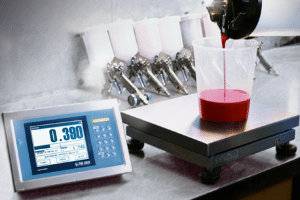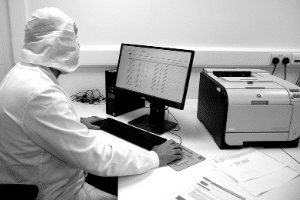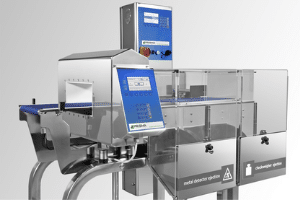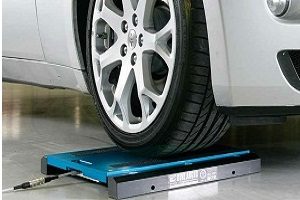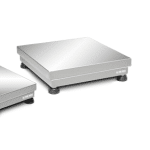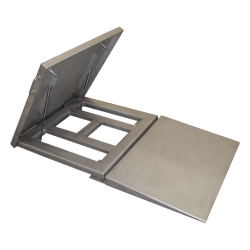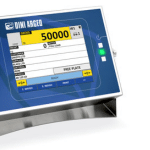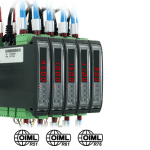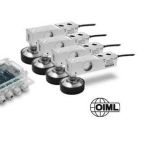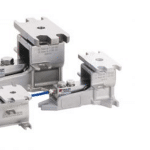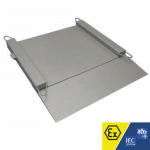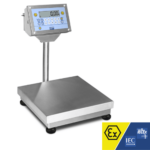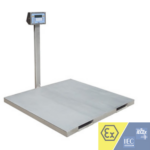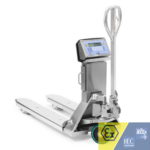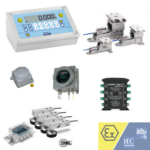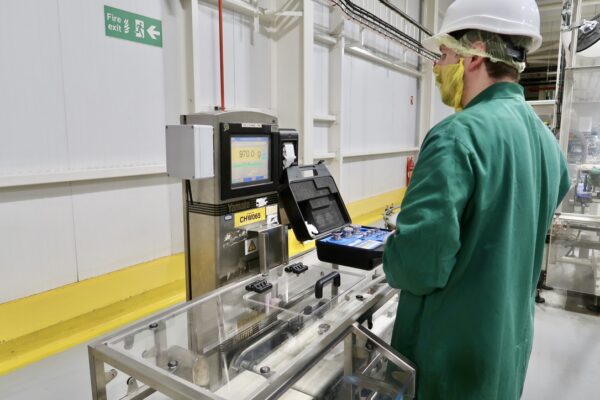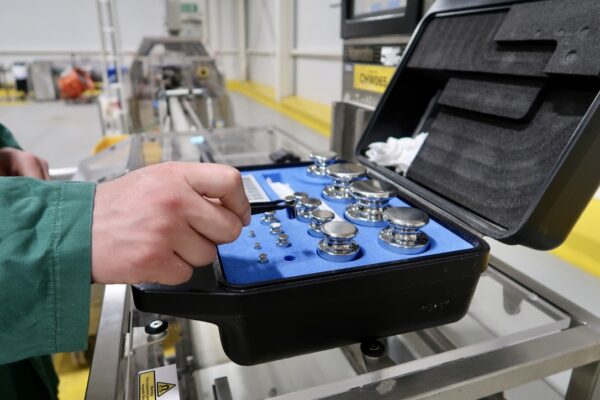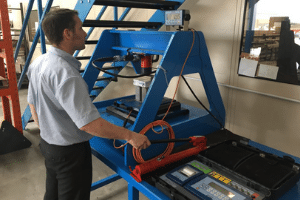The History of Weighing Scales: From Ancient Times to Modern Day
Weighing scales have played a crucial role in human history, from ancient times to modern day. From trade and commerce to healthcare and transportation, weighing scales have been used to determine the weight of objects and materials for a variety of purposes. In this blog post, we will explore the evolution of weighing scales throughout history, from ancient balance scales to modern electronic scales.
Ancient Weighing Scales
The earliest known weighing scales date back to ancient civilisations such as the Egyptians and the Romans. These early scales were typically balance scales, consisting of a beam with a pivot point and two pans hanging from each end. Objects were placed on one pan and weights on the other until the two pans were in balance, indicating that the weights were equal.
The ancient Egyptians used balance scales for trade and commerce, and were also important religious symbols. The Egyptian goddess for justice was called Maat and her primary role was to assist Osiris in the weighing of the heart in the judgement of the dead.
The Romans also used balance scales for trade and taxation purposes, as well as in the production of coins.
Medieval and Renaissance Weighing Scales
During the medieval and Renaissance periods, more precise weighing scales were developed. Beam scales, for example, used a lever system to increase precision and accuracy. In the 16th century, the invention of the steelyard, a type of lever scale, allowed for even greater accuracy in weighing objects.
Coin-operated weighing machines also became popular during this time, allowing merchants to charge customers based on the weight of the goods they were purchasing. Weighing scales became essential for commerce during this period, with merchants using them to ensure fair trade and prevent fraud.
Industrial Revolution Weighing Scales
The industrial revolution brought about the development of mechanical weighing scales. Spring scales, invented in the 18th century, used a spring to measure weight and were widely used in industries such as agriculture and manufacturing. Platform scales, which used a lever and counterbalance system, were also developed during this time and were used to weigh heavy loads such as industrial machinery.
The introduction of automatic weighing machines, such as checkweighers, further increased the efficiency and accuracy of weighing scales during the industrial revolution. These machines were able to automatically sort and weigh objects, reducing the need for manual labour.
Modern Weighing Scales
Advances in technology have led to the development of more accurate and efficient weighing scales in modern times. Electronic scales, which use sensors to measure weight, were introduced in the mid-20th century and quickly replaced mechanical scales in many industries. Load cells, which use strain gauges to measure weight, are now commonly used in electronic scales and provide even greater accuracy and precision.
Weighing scales are now used in a variety of industries, from agriculture and transportation to healthcare and fitness. Connected scales, which can be connected to the internet and other devices, allow for remote monitoring and data collection. Cloud-based data collection and analysis have also made it easier to track and manage weight-related data in industries such as healthcare and fitness.
Conclusion
Weighing scales have come a long way since their earliest use in ancient civilisations. From balance scales to electronic scales, weighing scales have played a crucial role in commerce, trade, and industry throughout history. As technology continues to advance, it will be interesting to see how weighing scales evolve and continue to impact various industries.
